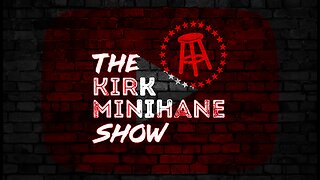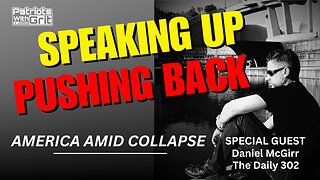Public School vs. Homeschooling
In 2019, Harvard Law Professor Elizabeth Bartholet published an article calling for a “presumptive ban” on homeschooling, which she believed conflicted with Progressive ideals. “Homeschooling presents both academic and democratic concerns,” she argued. Public education “makes children aware of important cultural values and provides skills enabling [them] to participate productively in their communities and the larger society through various forms of civic engagement. Even homeschooling parents capable of satisfying the academic function of education are not likely to be capable of satisfying the democratic function.”
Bartholet published her condemnation of homeschooling as faith in America’s public school system was plummeting, yet she neglected to provide any comparative analysis. So how do the two systems stack up?
Following Progressive educational theories, the federal government began exerting more authority over the educational system in the twentieth century, imposing national standardized testing in 1965 and establishing a federal educational bureaucracy, the Department of Education, in 1979. In the twenty-first century, both George Bush’s No Child Left Behind and Barack Obama’s Common Core demanded even more federal funding, bureaucratic oversight, and standardized testing for public schools.
The results have been dismal. Since 1970, the U.S. has massively increased educational expenditures, mostly to expand school administration, which has vastly outpaced the growth of both students and teachers. Today, taxpayers spend more than $15,000 per public school student. Yet test scores have largely flatlined and, in some areas, even declined. These results became especially bleak after No Child Left Behind tied school funding to test scores, pressuring teachers to devote more time to “teaching the test,” at the expense of other subjects.
Homeschool students, by contrast, consistently outperform their public school counterparts by as much as 30 percentile points, even when comparing students from households with similar economic and education levels. These disparities should not be surprising when considering the incentives involved. When you spend your money on your children, you will likely be more attentive to both the cost and quality of education than bureaucrats spending somebody else’s money on somebody else’s children.
It is also puzzling how public schools promote social development by grouping children according to their age, creating an environment where students interact almost exclusively with children at the same level of maturity. Despite “socialization” being the most commonly cited benefit of public education, homeschoolers significantly outperform their public-school peers when tested for social, emotional, and psychological development. Far from being isolated, they enjoy greater opportunity to socialize with people of all ages. Homeschool co-ops, for example, bring students together for group lessons, often taught by parents with expertise in the subject.
Unfortunately, many families that would prefer to homeschool simply can’t afford to withdraw their children from public schools, which begs the question of why the government forces them to continue financing the very schools they are trying like to flee?
______________________________________
Want to learn more?
For more animated content, check out Economics for Beginners at https://BeginEconomics.org.
-
 40:02
40:02
Mises Institute
6 months ago $0.04 earnedWorld War I as the End of Civilization | Hans-Hermann Hoppe (1994)
4712 -
 1:02:02
1:02:02
The Kirk Minihane Show
6 hours ago420 Show
18.2K -
 1:06:35
1:06:35
Patriots With Grit
5 hours agoSpeaking Up, Pushing Back | Daniel McGirr
15.2K5 -
 56:19
56:19
Total Horse Channel
2 days ago2024 Buckeye Reining Series | Saturday Night | 7:30 pm EST
19.1K2 -
 1:15:38
1:15:38
Steve-O's Wild Ride! Podcast
2 days ago $0.22 earnedG Eazy Opens Up About Falling Off - Wild Ride #217
23.8K11 -
 18:44
18:44
We Profit with Stock Curry
6 days agoUltimate Advice for Teens & Young Adults
29.2K13 -
 LIVE
LIVE
Lofi Girl
1 year agoSynthwave Radio 🌌 - beats to chill/game to
195 watching -
 21:00
21:00
Mr. Build It
23 days ago3 Ways to Build Garden Beds
29.7K14 -
 1:42:14
1:42:14
Jewels Jones Live
1 day agoDETRANS w/ special guest Mary Margaret Olohan | A Political Rendezvous - Ep. 78
39.7K21 -
 1:36:46
1:36:46
Roseanne Barr
1 day ago $73.82 earnedFor Love of Country with Tulsi Gabbard | The Roseanne Barr Podcast #50
152K427